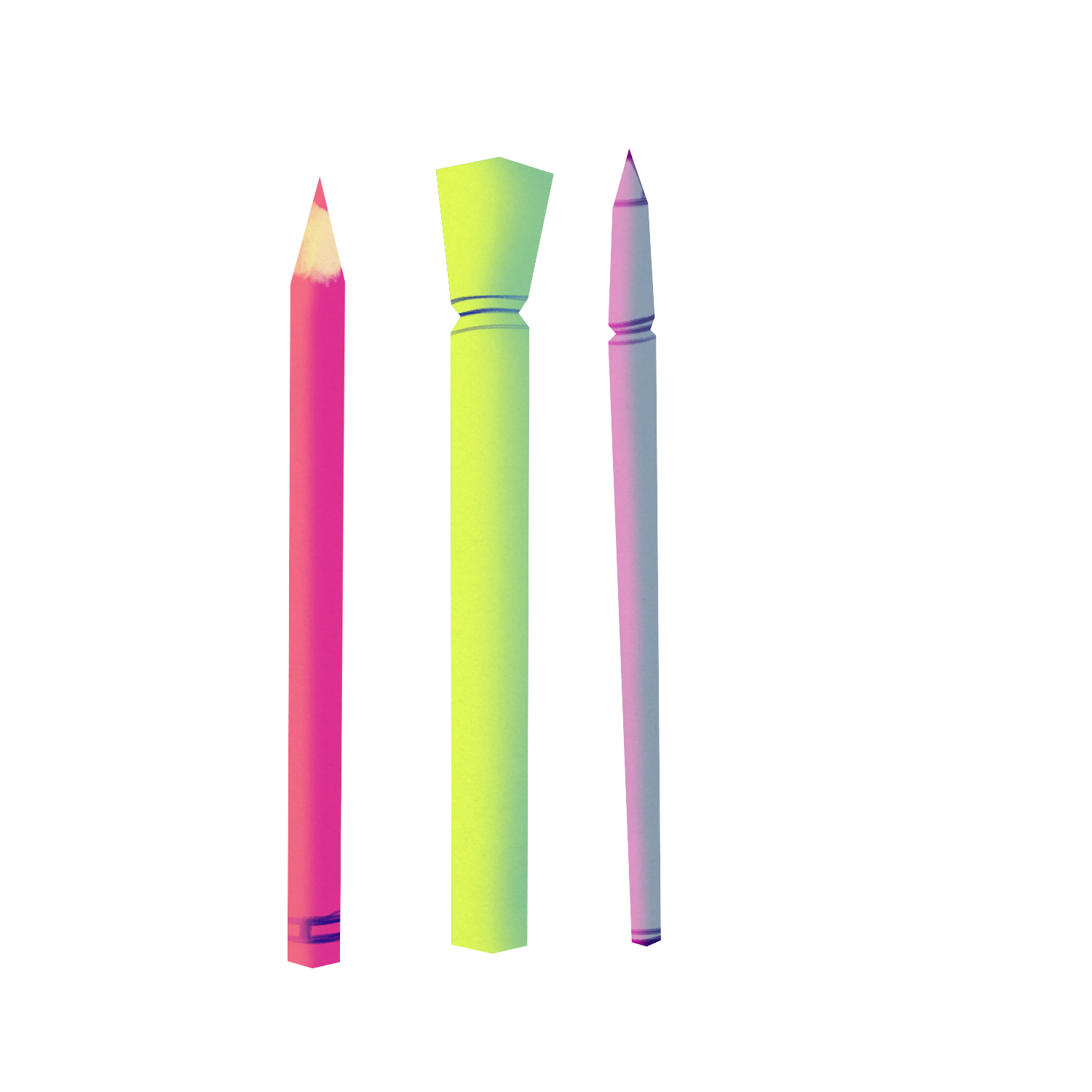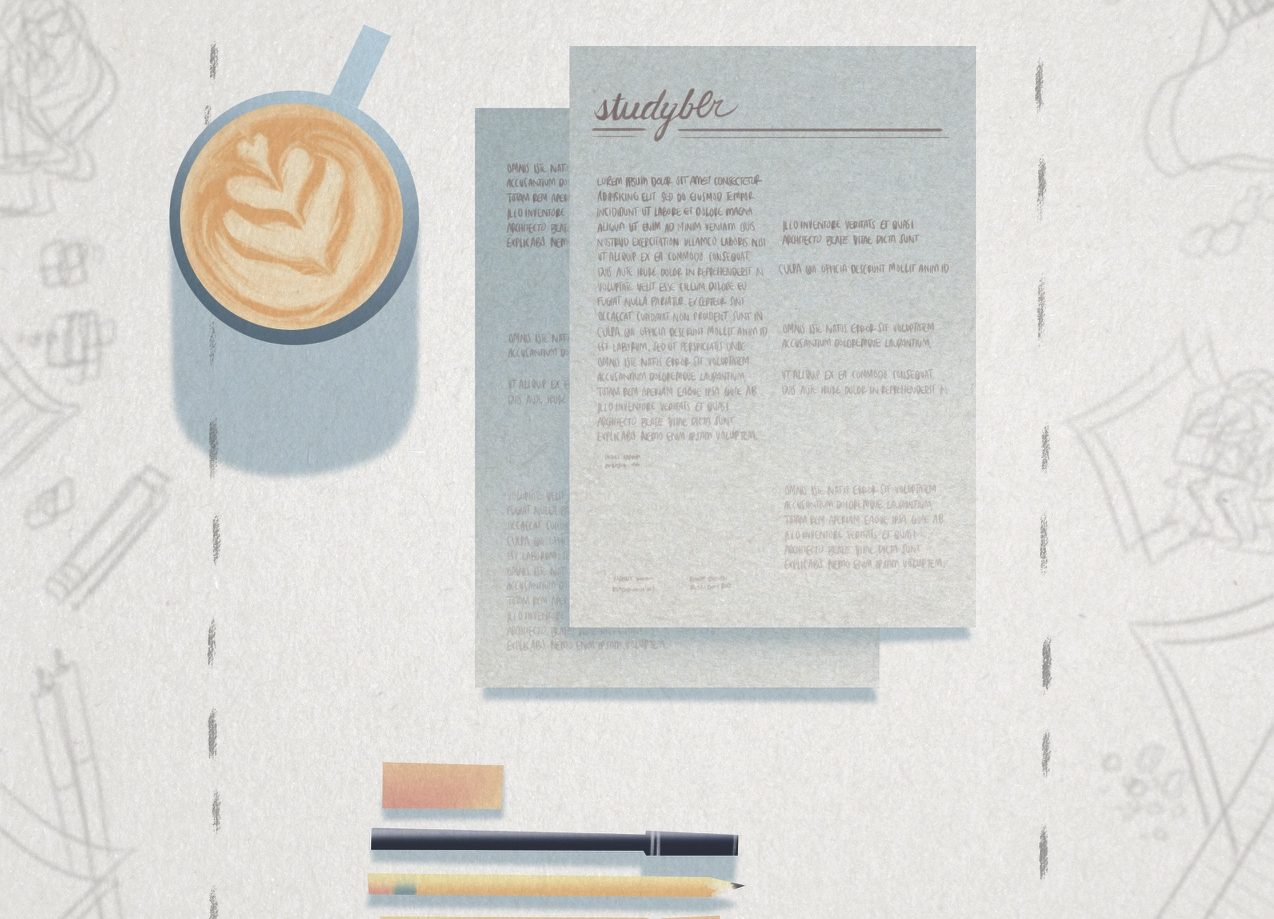The internet is awash with all sorts of pages dedicated a variety of specific niches, from cats to healthy dinner recipes to essay writing services like WritingMetier to Kylo Ren, so it’s unsurprising that there is a whole universe devoted to the neat, orderly fraction of the population often referred to as “people who have their life together.”
From heavily filtered Instagram photos boasting modern calligraphy to motivational quotes plastered against marbled backgrounds on Tumblr, study blogs have gained traction on the internet, amassing followers and taking the online world of academic creativity by storm.
More commonly referred to as studyblrs — a portmanteau of study and Tumblr — these accounts extend to other social media platforms, such as Instagram (also known as studygrams), and even full-blown websites.
What started out as a resource guide for educators soon became an extension for students themselves. The mass appeal lies in the sites’ impeccable aesthetics: clean lines, tons of pastel and, of course, amazing handwriting. These accounts typically belong to individuals who have found ways to showcase their innovative talents while motivating themselves to study.
One Google Image search of “studyblr” yields an number of photographs painstakingly taken from just the right angle and slapped with a filter. The photos are usually accompanied by a short caption describing their contents, hashtagged keywords for optimal online visibility and strategically tagged brands that the photo features.
In addition to the bubble gum whimsy of photographs, studyblrs also aggregate encouraging quotes, detail step-by-step tips for a variety of student needs and often reference popular books, such as the “Harry Potter” series.

However, what appears to be an impeccable paradise of every nerd’s dream come true also has a darker side. A Reddit post titled “For those of you who see studyblrs: I feel like they’re unrealistic as eff” written by user “marvelers” called out studyblr accounts for creating false, impractical impressions.
“This isn’t a rant because I’m not mad. Good job to these people for making studying look pleasing and stuff. But I mean, do you really have time for all that hand lettering when you’re a third year studying biochemistry? I don’t really know.
But I’ve seen lots of studyblrs with realistic accounts who show the downsides of studying. Like studying for hours and not getting the mark you want and other stuff. Not just posting notes that look like they should belong in an art gallery.”
The text post garnered an array of responses such as “I’m sorry, but I just can’t take any [one] seriously when they use a word like ‘studyblrs,’” and “Exactly, I don’t have time for beautifully whipped cream and coffee in artsy mugs and 100% healthy pot plants arranged on my table with my notes written in perfect calligraphy and no mistakes whatsoever. For me aesthetics like that are idealized things that I don’t appreciate. It kinda makes my actual studying way more dull and disappointing than it already is.”
Jasmine Shao, more commonly known as studyquill, knows firsthand the difficulties of the study community. In addition to her studyblr, her Instagram has 163.8K followers and her YouTube channel boasts 242K subscribers.
“A criticism I hear is that studyblrs are more about aesthetic than functional studying,” she says. “This is hard to objectively respond to because we really don’t know for sure how effective certain methods are and how they differ from person to person.”
https://www.instagram.com/p/BhB5olVglPk/?taken-by=studyquill
Another recognized name within the community, staylovelys, is run by Emma Lee who has over 16.5K on her Instagram and many more on her other platforms.
“Study accounts tend to put a lot of pressure on those who partake, at least in my experience,” says Lee. “The cool kids are the ones who have every bit of stationery, those picture-perfect Pinterest desks and set ups. Also, it’s pretty disheartening to put in so much work into creating when you see others posting pictures of objects that get more attention. Yes, it’s not all about the likes and the engagement, but it kind of wears someone down.”
Text posts are often peppered with clickbait buzzwords enticing followers to complete the steps in order to achieve that elusive 4.0 GPA or how to land the perfect internship. Obviously these text posts mean well and are designed to encourage students to achieve their goals.
However, taking these steps does not guarantee success in the academic world, especially because people vary in their learning techniques. Not all brains are created equal, so there is no one-size-fits-all regimen to becoming the valedictorian. Furthermore, students should not feel pressured to outperform their peers seemingly at all costs.
Ironically, studyblrs promote self care to the max (Sip your favorite tea! Take time to unwind!) and encourage followers to be open about creating dialogue about mental health. Yet these accounts also publish pictures of rainbow colored, Tetris-ed out 7 a.m. to 9 p.m. schedules in their planners.
Many posts also offer sage advice as to how to recover from burnout (probably a negative side effect of looking at brightly colored gel pens 24/7). Ultimately, the accounts seemingly endorse a vicious cycle of pushing yourself to study until you burn out, then remedying your exhaustion with a band-aid solution.
Lee also expressed the struggle between maintaining a real persona but also curating her online presence to reflect her interests on her Instagram account.
“Everyone on studyblr also looked like their lives had no flaws at all. I kind of felt like I was inferior,” she says. “That was when I struggled with social anxiety, [and] looking at those accounts made me feel insecure and unhappy. Eventually, I was able to find my place; I found a balance between my fake online presence and my struggling life offline. I realized that I wanted honesty to play a big role in my account, because I wanted to make sure that my viewers wouldn’t feel the same as me at the beginning of my study community involvement.”
https://www.instagram.com/p/BhsDB4xF1y0/?taken-by=staylovelys
These negative implications are perpetuated by other issues within the community. Aside from what people deem as “taking studying out of context,” the community itself is hyper-competitive. Some accounts have upwards of 201K followers and are only growing, with users feeling the pressure to constantly churn out creative content to appease their eager followers.
While Shao says that she hasn’t seen accounts outright bashing each other, she does see the extent that newer accounts go to in order to gain following. “I honestly don’t feel competitive toward others, but it may be because I’ve already gained a stable audience. The vibe I get from some newer studyblrs is more desperate for any sort of visibility,” she said.
On the other hand, Lee believes that the competition is more apparent. “I think the study community is extremely competitive. New accounts pop up daily, and the community is saturated with the same pictures of pens and notebooks. Something that I’ve seen as controversial is whether stationery pictures can be considered content; some people even call pictures of stationery studygram clickbait.
On studygram, the accounts that tend to gain bigger followers are either accounts with an ongoing aesthetic of good lighting and photo presets that typically feature workplace or bullet journals, or accounts that don’t use filters and typically post pictures of stationery. If you don’t fit into either category, it’s difficult to fit into the popular niche and ‘make it.’”
Others say that the studyblr life is financially impractical. Leuchtturm1917 journals, Zebra mildliners, Rhodia spiral-bound notebooks, Stabilo Point 88 pens, Muji art supplies, Staedtler fineliners and Fjallraven Kanken backpacks are some of the cult-favorite brands recognizable to those prominent in the online study world.
These brands are not exactly cheap, and the community has faced backlash from those saying that more popular studyblrs feature them and that successful account are synonymous with owning these items.
Lee found herself also giving in to the pressure to own certain brands associated with the community. “In the beginning, I struggled with the idea of what a perfect studyblr should be: an account with pretty pens, notebooks and handwriting. I spent quite a bit to build up my stationery collection, which initially consisted of Stabilos and Staedtlers, and to buy a stack of notebooks that I started and never finished,” Shao says.
“I’m doing my best to emphasize how success has nothing to do with stationery, and I hope that as a community we all can improve on this,” she adds.
But like anything online, it is easy to come to judgment. By putting your creative content on an online platform, it is almost inevtiable that you run the risk of backlash because of the visibility. There are other issues that come with the publicity of Shao’s work. “Whenever I livestream on YouTube, I get messages treating me as if I am a cam girl. I hate when I get insults about being Asian or accusations that my academic success is only because of my race,” Shao says.
“With any exposure online comes a few creepy and weird experiences. I’m pretty open about posting my face on my account, and I occasionally get a creeper in my inbox. I’ve had some men message me about inappropriate topics, which is kind of off-putting for a teenager,” Lee says.
Captions exhibiting the woes their respective owners face, such as a low midterm score or high levels of stress, can be a seemingly a stark, unsettling contrast to the bright photographs these captions accompany. However, studyblrs do acknowledge the difficulties that accompany being a student, especially those in graduate school. Oftentimes accounts freely share their woes about the academic grind, which adds a touch of realism to the whole concept.
In an article written by Kaitlyn Tiffany for The Verge, Tiffany says, “The note-taking style, while beautiful, and the study spaces, while curated to appear serene, are supplemented by notes and instructions about how to get over rough patches in an academic career, and apprehension about upcoming assignments or tests. Together, these things imply that the beautification of studying is one way to make it easier, or at least more pleasant.”
Studyblrs are popular for a reason, and they are here to stay regardless of the criticisms that accompany the popular study accounts. Both Shao and Lee expressed their love for the community and their desire to remain a part of it in the upcoming years. “I like staying neat and organized, and I like to develop my photography and filming skills. I’ve also made many friends in the community who I love to chat with, and I’m excited to meet even more people,” Shao says.
Lee shares similar sentiments: “Generally, it’s brought a positive change in my life. I think the greatest impact that stemmed from my account is the ability to make a difference to a group of people that I never would have been introduced to otherwise. With a bigger audience comes a bigger responsibility, as you’re seen as a possible role model and someone who will have an influence on their following. By running my studygram, I’ve been able to connect amazing people from all over the world. I’ve met a lot of friends and been exposed to various types of people.”
The majority of people have no qualms about beautifying notes and handwriting encouraging quotes. There are many unanswered questions that have numerous responses that all boil down to personal preference. Is this merely a harmless hobby for artistic students, or a competitive race for people vying for a boost in follow count analytics?
Are studyblrs a form of OCD, or is there merit behind the creative content produced? Is the real issue that we are all just bitter and wish that we too were #blessed with pretty handwriting? Perhaps the easy remedy for those who are triggered by neatly handwritten neuroscience notes is to simply exit your web browser.

















